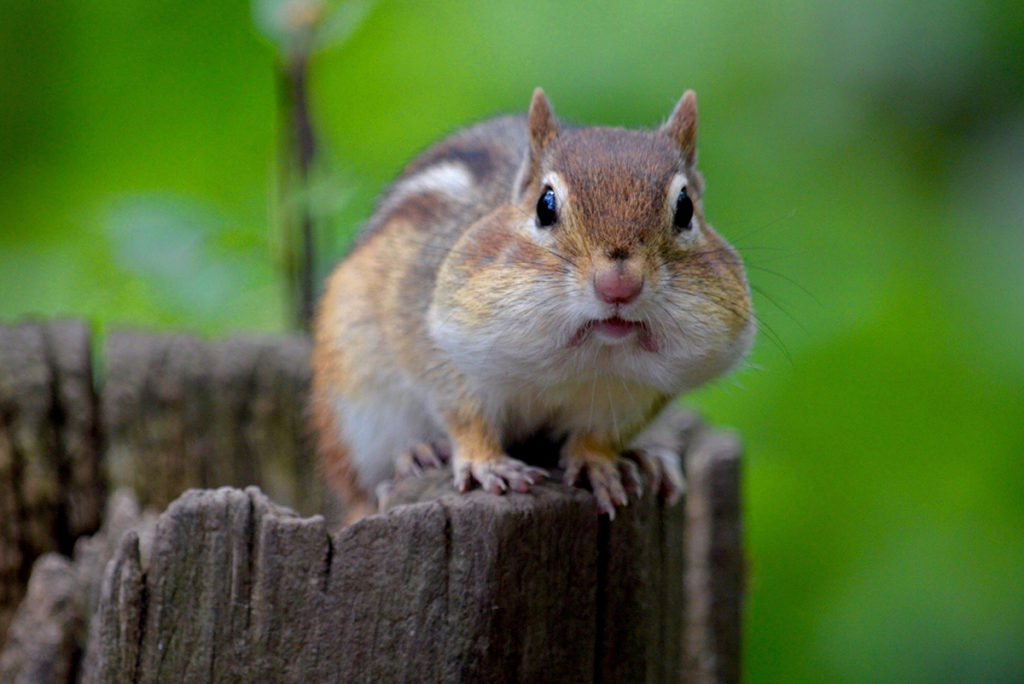Mashomack Musings: Animals are busy preparing for winter

As bright green leaves turn to shades of fiery oranges and vibrant auburn, the days grow shorter and the air gets cooler, we know that our summer is coming to an end. Birds and butterflies migrate south, and Eastern Grey Squirrels (Sciurus carolinensis) and Eastern Chipmunks (Tamias striatus) become highly active as they prepare for the winter months. Interestingly, although often grouped together, chipmunks and squirrels do not prepare for winter in the same ways.
Chipmunks are seen stuffing their cheeks with seeds and acorns. It is estimated that they can collect over 150 acorns per day. Chipmunks bring their stash into their 10 to 30-foot-long dens which have a vast tunnel system with separate areas for resting, storing food and eliminating waste.
Although chipmunks disappear during the colder months they do not truly hibernate, instead they sleep for a few days at a time. Their body temperature dips to 40º and their heart rates slow to four beats per minute. When they wake, they stay below ground, raise their body temperature, feast, and dispose of any bodily waste. After resting from late October to March, they rise from their tunnels ready to forage once again.
Squirrels do not hibernate either. They can stay active until the temperature drops below 30º. Like chipmunks, they also store acorns and other food sources for the winter, but often bury them.
Grey squirrels live above ground. Their winter dens are found in holes of live, healthy trees. Squirrels rest for many days, then wake and search for their caches of nuts that they had stored previously.
While both squirrels and chipmunks are still quite active now, next time you see them make sure to say goodbye, as they will soon be resting for the winter.
The author is a high school student, volunteering at Mashomack for her fall semester.








